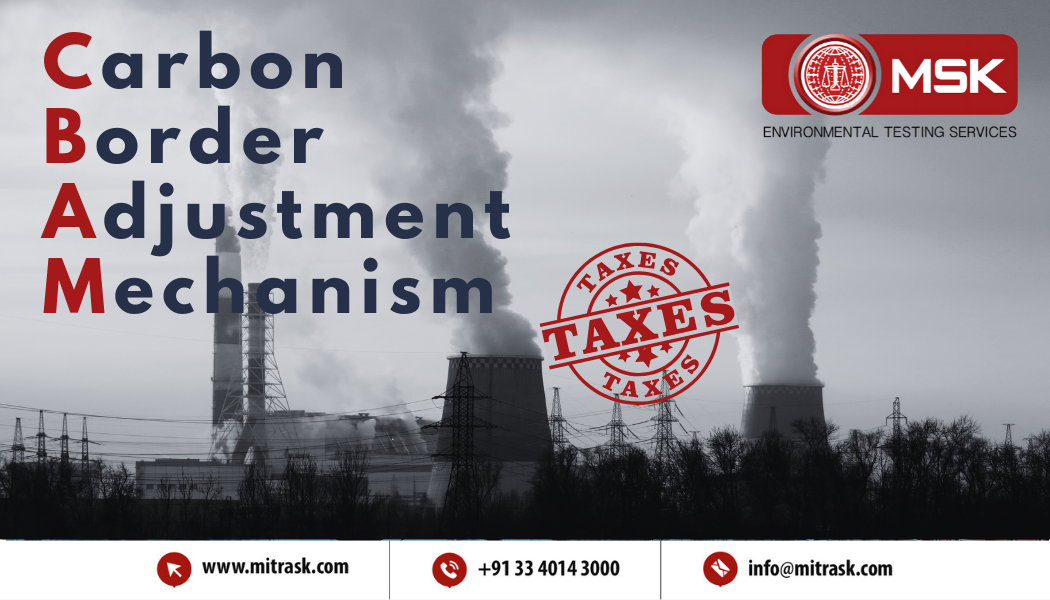
Abstract:
Both Cinnamomum zeylanicum (Ceylon Cinnamon, True Cinnamon) and Cinnamomum cassia (Cassia, Chinese Cinnamon) are visibly almost similar and widely used for culinary purpose due to its aroma and flavor. However Cassia is known to contain high amount of coumarin which is known to have toxic effects on the liver, kidneys and lungs. A rapid and simple High Performance Liquid Chromatography (HPLC) method has been developed for the quantification of coumarin in Cinnamomum zeylanicum and Cinnamomum cassia samples. Analysis was performed using C18 column (250mm x 4.6 mm; i.d. 5 µm) and UV detector. Samples were extracted by 90% methanol. The calibration plot was linear over the range studied (1.0-20 mg/L) with a correlation of 0.99. The method was also validated for the linearity, range, precision, recovery and detection limits. Thus, the method is suitable for routine analysis of coumarin in Cinnamomum zeylanicum and Cinnamomum cassia samples.
Keyword:
Cinnamomum zeylanicum, Cinnamomum cassia, HPLC, Coumarin
Introduction:
Cinnamon is one of the oldest known spices. The names “cinnamon” and “cassia” cause considerable confusion, as they are often used interchangeably. There are four main economically important species of cinnamon in the genus Cinnamomum. The first one is Cinnamomum verum, translation “true cinnamon”. It is also called Sri Lankan or Ceylon cinnamon. Sri Lanka is the only regular supplier of true cinnamon bark and leaf oils. C. verum’s older botanical name, Cinnamomum zeylanicum, is derived from Sri Lanka’s older name, Ceylon. The other three main species of cinnamon are Cinnamomum cassia (C. aromaticaum, also called Chinese cinnamon), Cinnamomum burmannii (also called Korintje, Java, or Indonesian cinnamon), and Cinnamomum loureiroi (also known as Vietnamese or Saigon cinnamon).
The dried inner bark of the cinnamon plant has been used as a flavoring agent in foods, beverages, chewing gums, etc. C. zeylanicum’s flavour is often considered to be the most delicate and complex of the major species of cinnamons.
>Whilst both species of Cinnamons, namely, C. Zeylanicum and C. Cassia, are widely used is regular culinary purposes, each also has a content of the potentially dangerous compound, coumarin.
Coumarin is a colorless crystalline solid with a sweet odor resembling the scent of vanilla and a bitter taste. Coumarin is naturally occurring in Cinnamomum plants. Although coumarin is safe in small doses, studies have demonstrated high intakes to have toxic effects on the liver, kidneys and lungs. Some evidence even suggests that it causes cancer.
>Compared to C. zeylanicum though, C. cassia holds the highest content of coumarin. The present study is designed for routine estimation of the same.
Coumarin
Materials and Method:
5 different samples of C. zeylanicum and C. Cassia were extracted by 100 ml 90% methanol. The solutions were filtered and subjected to HPLC analyses. Quantification was done from the standard curve of Coumarin.
Results and Discussions:
The method validation for coumarin was carried out by HPLC. The validation data are incorporated in table 1. Estimation of coumarin content was carried out in five different samples of C. zeylanicum and C. cassia. The results were incorporated in table 2, 3; figure 1.
Table 1: validation data of coumarin
|
Parameters |
Results |
|
Linearity range |
1.0-20.0 mg/L |
|
Slope |
79617 |
|
Intercept |
1279 |
|
Regression Equation |
y = 79617x + 1279 |
|
Correlation Coefficient |
0.993 |
|
LOD |
0.006 |
|
LOQ |
0.02 |
Table 2: Coumarin content of C. zeylanicum
|
C. zeylanicaum samples |
Coumarin content (mg/kg) |
|
Sample 1 |
9.8 |
|
Sample 2 |
10.0 |
|
Sample 3 |
12.6 |
|
Sample 4 |
8.6 |
|
Sample 5 |
14.7 |
Table 3: Coumarin content of C. cassia
|
C. cassia samples |
Coumarin content (mg/kg) |
|
Sample 1 |
410.7 |
|
Sample 2 |
657.4 |
|
Sample 3 |
529.6 |
|
Sample 4 |
796.1 |
|
Sample 5 |
605.5 |
Fig 1: Coumarin content of C. zeylanicum and C. cassia samples
Conclusion:
In this proposed method the linearity was observed in the concentration range of 1.0-20.0 mg/L for coumarin with co-efficient of correlation, r2 = 0.993. The result of the analysis of Cinnamomum samples by the method was found to be highly reproducible and reliable. The matrix and other ingredients present in the samples did not interfere with determination of coumarin. So, the developed HPLC method is simple, precise and accurate and can be used for routine quantification of coumarin in C. zeylanicum and C. cassia samples.


Chief Operation, FAMD, Tata Steel Limited..


Sr. General Manager,, Emirates Trading Agency L.L.C..


Mines Manager, Hindustan Zinc Limited, a Vedanta Company.


General Manager, Stevin Rock L.L.C..


Executive Vice President (Works),, DCW Limited.


AVP – Coal Quality & Sales Compliance Head,, PT Indo Tambangraya Megah Tbk (BANPU).


Laboratory Head, MMX.


Shipping Administrator, Mount Gibson Iron Limited.


Senior Director – Asia Pacific Iron Ore Sales,, Cliffs Natural Resources Pty Ltd..


Member, Compass Group (India) Pvt. Ltd.

Posted on December 16 2025 By Mitra S.K ADMIN
Read More
Posted on December 16 2025 By Mitra S.K ADMIN

Posted on December 16 2025 By Mitra S.K ADMIN

Posted on December 11 2025 By Mitra S.K ADMIN
![Estimating Cobalt by UV-Vis Spectroscopy: The [CoCl?]²? Acetone Method](https://mitrask.com/uploads/blogs/1764834098Estimating%20Cobalt.png)
Posted on December 04 2025 By Mitra S.K ADMIN
Posted on December 04 2025 By Mitra S.K ADMIN

Posted on November 12 2025 By Mitra S.K ADMIN

Posted on September 23 2025 By Mitra S.K ADMIN

Posted on August 01 2025 By Mitra S.K ADMIN

Posted on July 25 2025 By Mitra S.K ADMIN

Posted on July 18 2025 By Mitra S.K ADMIN

Posted on July 01 2025 By Mitra S.K ADMIN

Posted on May 22 2025 By Mitra S.K ADMIN

Posted on January 24 2025 By Mitra S.K ADMIN

Posted on January 24 2025 By Mitra S.K ADMIN

Posted on December 31 2024 By Mitra S.K ADMIN

Posted on December 31 2024 By Mitra S.K ADMIN

Posted on December 31 2024 By Mitra S.K ADMIN

Posted on December 31 2024 By Mitra S.K ADMIN

Posted on December 31 2024 By Mitra S.K ADMIN

Posted on December 03 2024 By Mitra S.K ADMIN

Posted on October 17 2024 By Mitra S.K ADMIN

Posted on October 04 2024 By Mitra S.K ADMIN

Posted on September 13 2024 By Mitra S.K ADMIN

Posted on August 27 2024 By Mitra S.K ADMIN

Posted on August 23 2024 By Mitra S.K ADMIN

Posted on June 27 2024 By Mitra S.K ADMIN

Posted on June 22 2024 By Mitra S.K ADMIN

Posted on June 15 2024 By Mitra S.K ADMIN

Posted on May 24 2024 By Mitra S.K ADMIN

Posted on May 17 2024 By Mitra S.K ADMIN

Posted on May 09 2024 By Mitra S.K ADMIN

Posted on April 20 2024 By Mitra S.K ADMIN

Posted on April 13 2024 By Mitra S.K ADMIN

Posted on April 30 2024 By Mitra S.K ADMIN

Posted on April 29 2024 By Mitra S.K ADMIN

Posted on December 30 2023 By Mitra S.K ADMIN

Posted on December 30 2023 By Mitra S.K ADMIN

Posted on December 30 2023 By Mitra S.K ADMIN

Posted on December 27 2023 By Mitra S.K ADMIN

Posted on December 27 2023 By Mitra S.K ADMIN

Posted on December 27 2023 By Mitra S.K ADMIN

Posted on December 27 2023 By Mitra S.K ADMIN

Posted on December 27 2023 By Mitra S.K ADMIN

Posted on December 27 2023 By Mitra S.K ADMIN

Posted on December 27 2023 By Mitra S.K ADMIN

Posted on December 26 2023 By Mitra S.K ADMIN

Posted on April 05 2022 By Mitra S.K ADMIN

Posted on April 06 2022 By Mitra S.K ADMIN

Posted on April 06 2022 By Mitra S.K ADMIN

Posted on April 06 2022 By Mitra S.K ADMIN

Posted on April 06 2022 By Mitra S.K ADMIN

Posted on April 06 2022 By Mitra S.K ADMIN

Posted on April 06 2022 By Mitra S.K ADMIN

Posted on April 06 2022 By Mitra S.K ADMIN

Posted on April 06 2022 By Mitra S.K ADMIN

Posted on April 06 2022 By Mitra S.K ADMIN

Posted on April 06 2022 By Mitra S.K ADMIN

Posted on April 06 2022 By Mitra S.K ADMIN

Posted on April 06 2022 By Mitra S.K ADMIN

Posted on November 28 2022 By Mitra S.K ADMIN

Posted on April 06 2022 By Mitra S.K ADMIN

Posted on April 06 2022 By Mitra S.K ADMIN

Posted on April 06 2022 By Mitra S.K ADMIN

Posted on November 28 2022 By Mitra S.K ADMIN

Posted on June 14 2022 By Mitra S.K ADMIN






